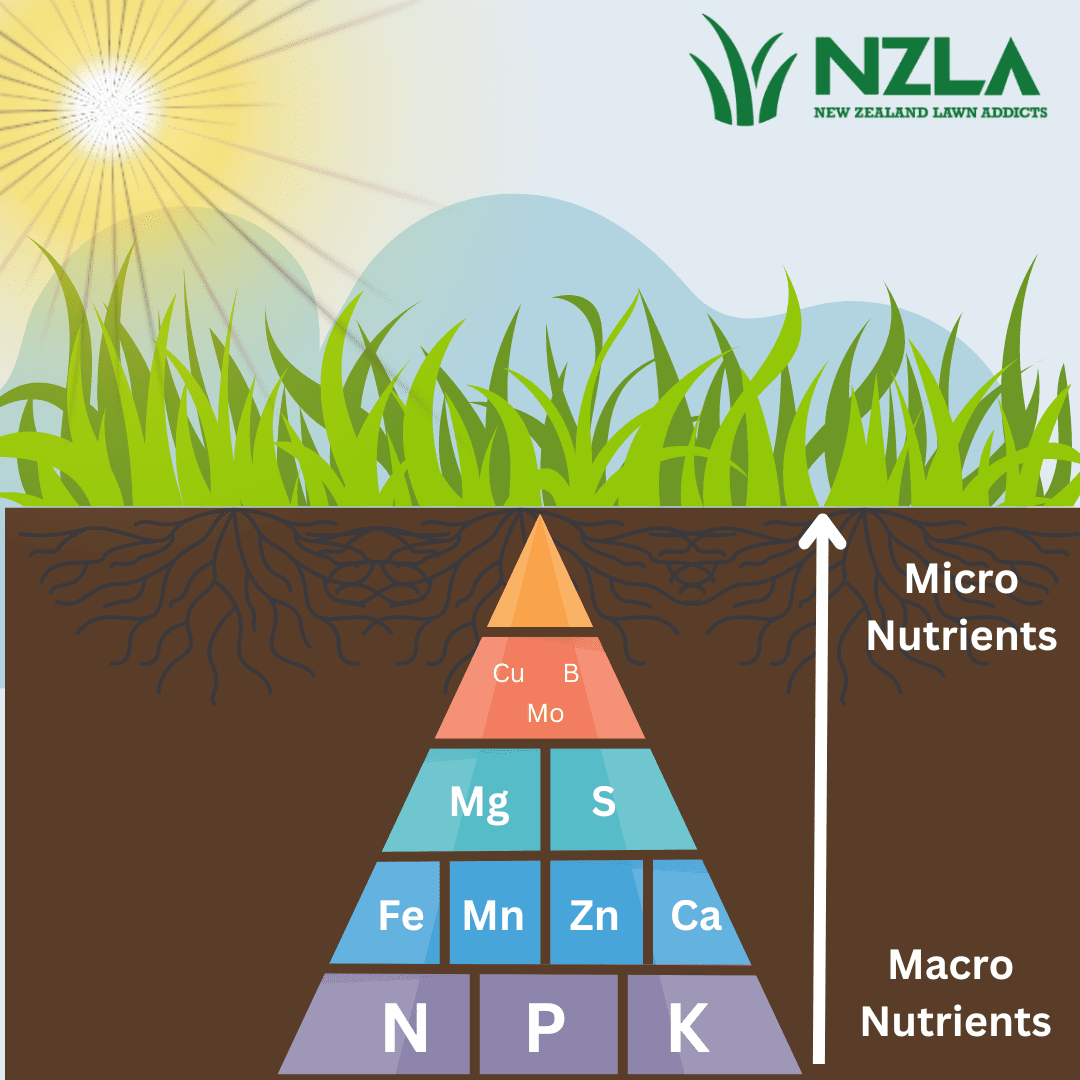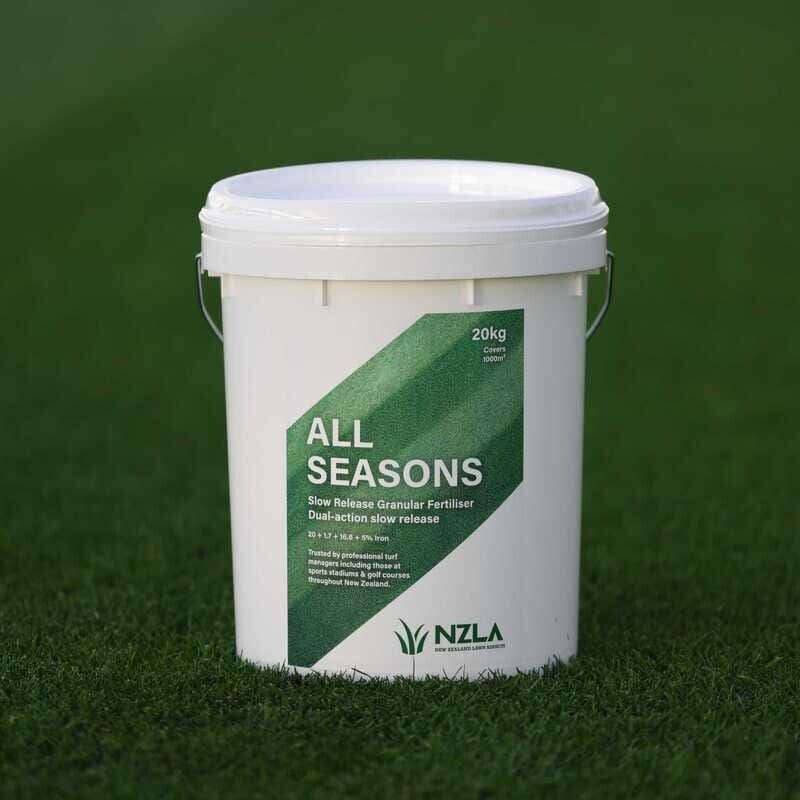Understanding lawn NPK
Home / Lawn Guides / Understanding lawn NPK

Understanding lawn NPK
Nitrogen (N)
Nitrogen is one of the primary nutrients your lawn needs to grow. It is an essential component of chlorophyll, the molecule that gives plants their green colour and allows them to photosynthesise. Nitrogen is also vital for developing strong, healthy roots and stems. Nitrogen is usually the highest percentage of your NPK ratio.
When your lawn doesn’t have enough nitrogen, it may turn yellow and become thin and weak. On the other hand, if your turf has too much nitrogen, it may grow too quickly and become more susceptible to disease and pests. It’s important to find the right nitrogen balance for your lawn to ensure its health and longevity.
Phosphorus (P)
Phosphorus is another vital nutrient that your lawn needs to grow, and it is essential for developing strong, healthy roots. Phosphorus is also crucial for energy transfer within the plant, which is necessary for photosynthesis.
When your lawn doesn’t have enough phosphorus, it may have stunted growth and yellow or purple leaves. This nutrient moves slowly through the soil and is used sparingly by your lawn.
Phosphorus will make up quite a low percentage of the overall NPK ratio in a professional turf fertiliser such as NZLA All Seasons or All Seasons N+
Potassium (K)
Potassium is an essential macro-nutrient used in significant quantities by plants for vigour and growth. Potassium is the third essential nutrient that helps regulate water movement within the plant. Potassium is also necessary for stress tolerance, which can help your lawn withstand high temperatures, drought, and other environmental factors.
Potassium helps the plant to use Nitrogen more efficiently. When your turf doesn’t have enough potassium, the plants will be weaker, and they may be more susceptible to disease and pest infestations.
Micronutrients
Iron – Iron helps grass photosynthesis and create chlorophyll, and it will improve colour and helps it to carry out cellular functions.
Calcium -Calcium helps stimulate the plant’s stem and roots while also helping with the plant’s metabolism and enzyme activity.
Manganese – Manganese is necessary for your grass to create chlorophyll. If Manganese levels are too high, grass may produce brown spots, and if it is too low, it may produce grey or tan spots.
Zinc – Zinc helps regulate metabolic activity and, combined with other elements, allows chlorophyll production.
What's the best lawn fertiliser?
It is important to understand that various slow-release technologies are employed in fertiliser products available in New Zealand. At NZLA, we source the highest-quality polymer and sulfur-coated urea (PCSCU) available globally.
We are aware certain brands opt for lower-cost Chinese PCSCU prills or alternative slow-release technologies in their blends to reduce expenses. However, these products do not match the superior quality NZLA offers. This is one of the main reasons we believe NZLA has become what it is today: a business offering a quality product that isn’t available from other home lawn suppliers and choosing quality over profit margins.
See our article NZLA Granular Fertilisers Explained
